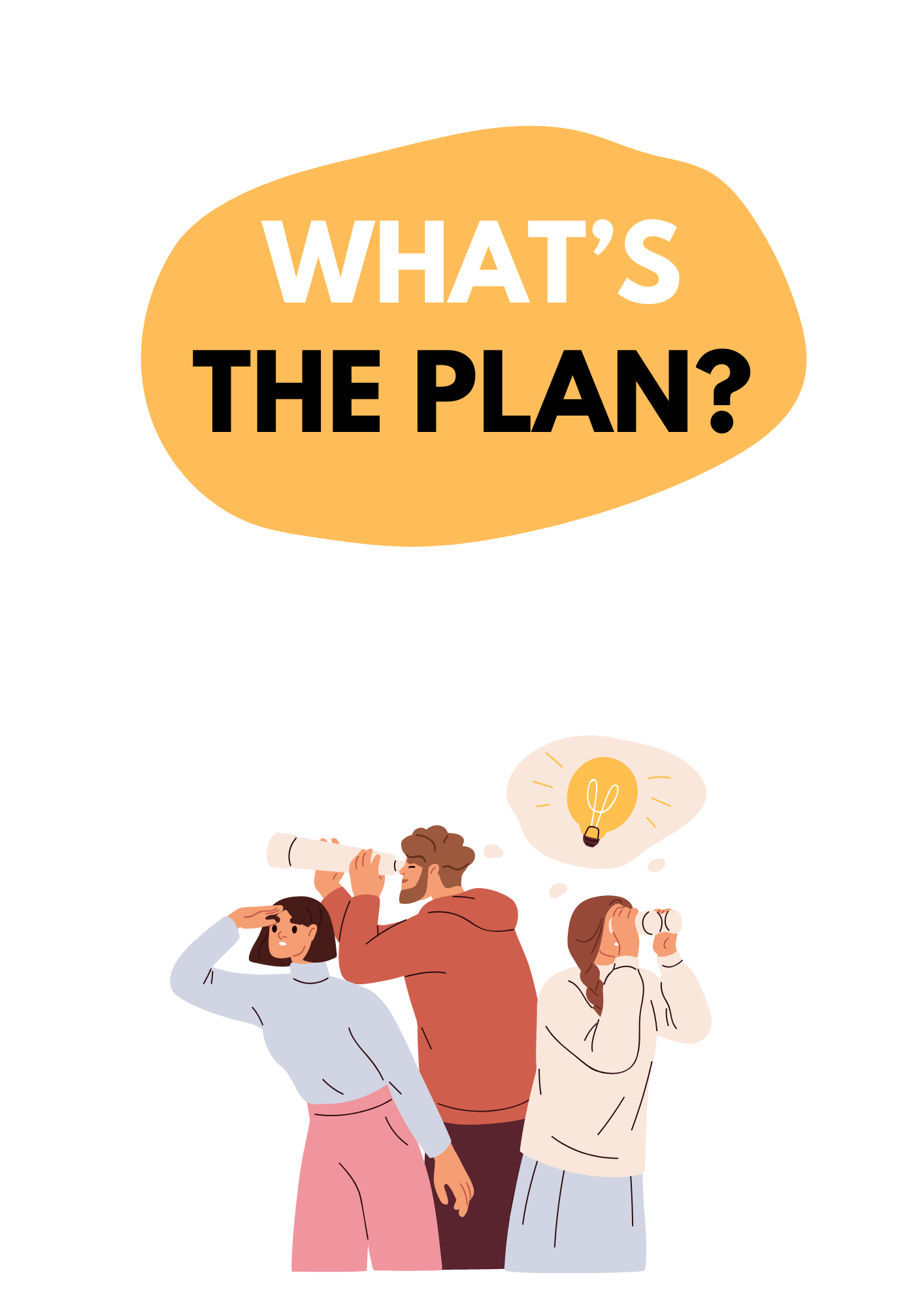
With this lesson, students will master the difference between will and going to while using real-life phrasal verbs like hang out, head out, and swing by, along with conversational phrases such as “Sounds like a plan,” “Count me in,” and “Let’s play it by ear” to make, change, and react to plans in fluent and natural English.
lesson overview
This A2–B1 ESL lesson teaches the difference between will and going to through engaging real-life contexts like making plans, spontaneous decisions, predictions, and promises. Students practice these forms alongside practical phrasal verbs (hang out, swing by, head out) and natural conversational phrases like “Sounds like a plan” or “Count me in.” The lesson is available in both a printable format and an online presentation, designed for smooth navigation in presentation mode using only the spacebar.
Target Audience:
- Level: A2–B1 (Pre-Intermediate to Intermediate)
- Best for: Adults and older teens
Content Breakdown:
- Warm-Up
- Will vs. Going To – Categorize Use
- Grammar Practice
- Phrasal Verbs for Making Plans
- Speaking Practice
- Dialogue Completion
- Fast Response Game
- Role-Play – Planning Activities
- Fortune Teller Game
- Wrap-Up Discussion
HOMEWORK (Extra Language Immersion):
Video and Quiz:
Watch a video about flaky plans and analyze why people cancel or change plans. Answer questions based on the video and reflect on the challenges of making group plans.